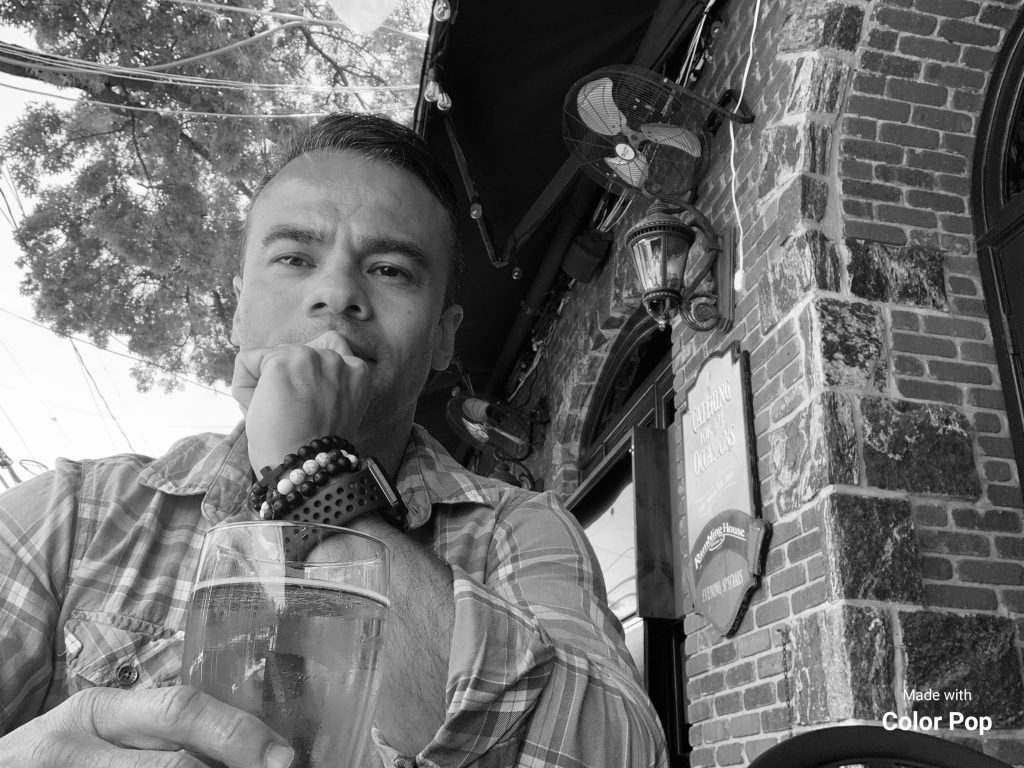Written by J.L. Caban
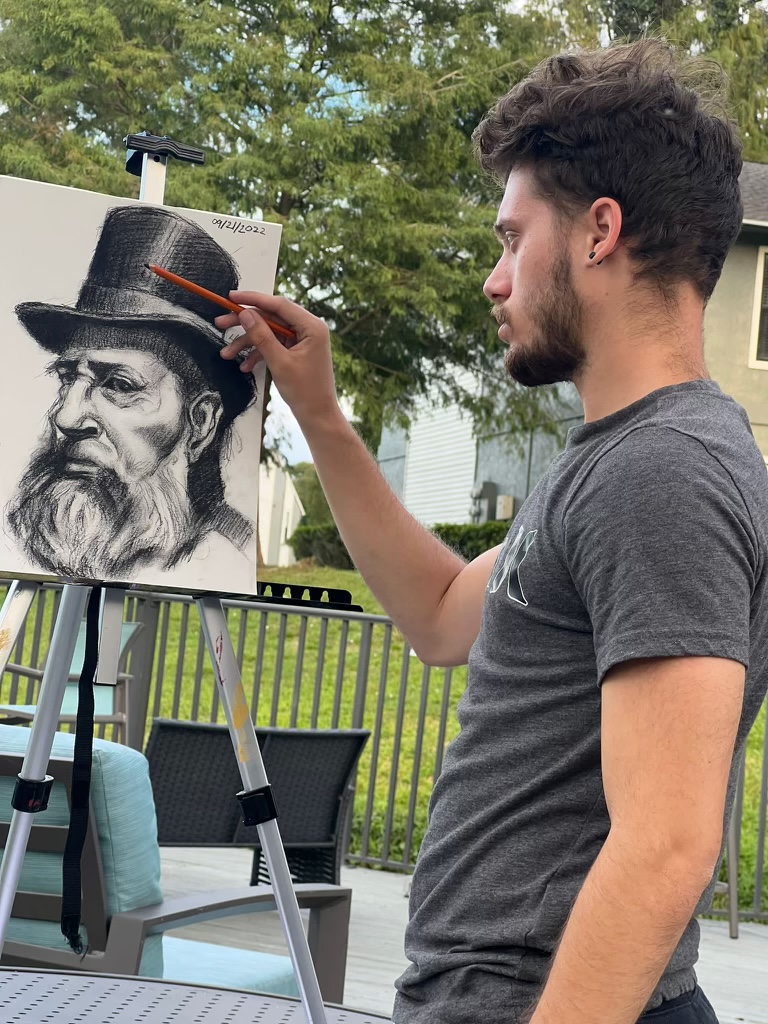
The United States of America has, for centuries, been a welcoming haven for those seeking the coveted pursuit of happiness; people from all over our magnificent globe, near and far, come in search of something better… something more. Now, in the year 2022, it is no different. As I went about my day, along one of my daily strolls under the paradisal Gulf of Mexico sun, I happened across a young man who was in the midst of creating a resplendent work of art. I made my acquaintance with this modern day da Vinci… this van Rijn… this Vermeer, and it became abundantly clear that this was true talent in which I had laid my eyes upon; although seemingly just another day in the park, as it were, for Mr. Hendry Abreu Gonzalez, a Cuban-American whose vocation for art has been with him since his early childhood.
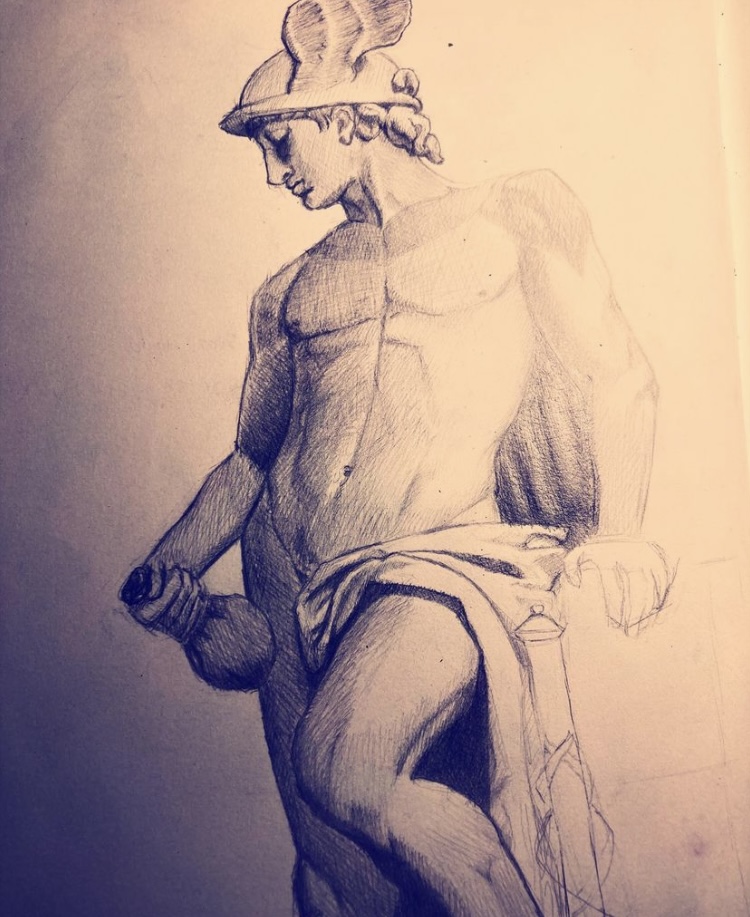
He explained that the masterpiece to which my eyes had bestowed was, to him, just a brushing up of sorts. What was sheer magnificence to me was mere practice for this amazing talent on this bright and Caribbean-like late afternoon. As I continued to sit and marvel at his work, I began to pick his brain, so to speak, finding his life story to be quite fascinating, and thought it a capital idea to do a little Q & A with him, to learn more about the trials and tribulations that lead him to this country of hopes, dreams and wishes, and to share it all with the beloved readers of Raver Magazine.
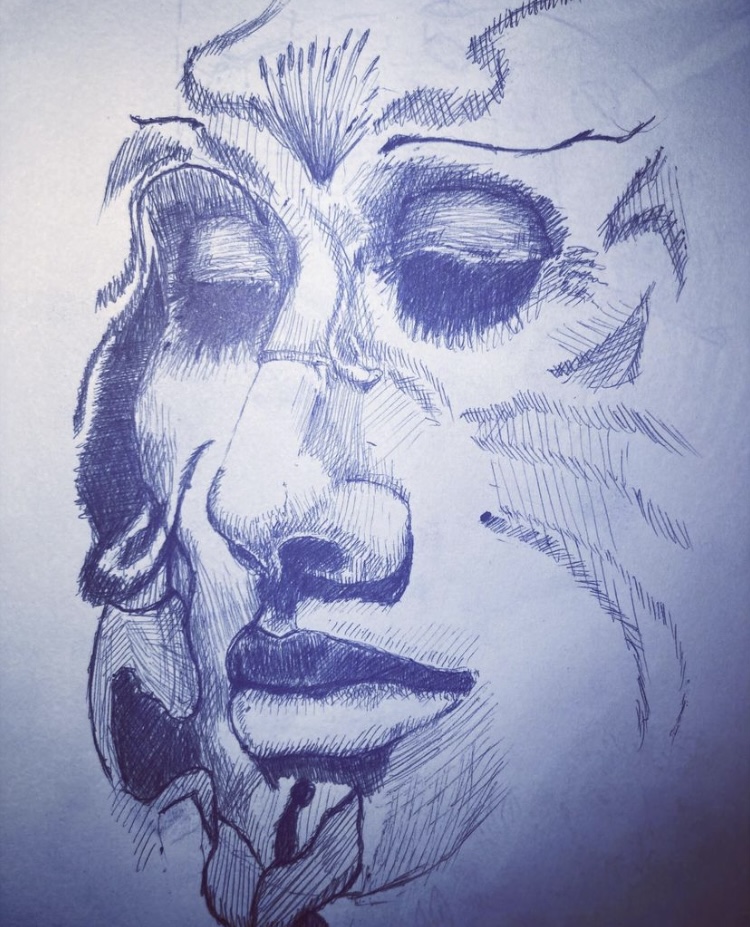
Q – When did you first discover your love for art? Who were the artists that initially inspired you?
A – Since I was a kid, I was surrounded by art. My dad was a musician and my uncle was a painter; but, as it was always there (in front of me), I never noticed it. Being rejected by the art academy was the trigger. My art studies started as a determination’s challenge to myself, but before I realized, I actually was really into it.
Q – What was it like to leave the only home you’ve ever known to come to a foreign land and begin anew?
A – It’s hard to explain, and painful too. You see how everything you have built collapses in seconds; but, eventually, I changed my mind. When you are moving from one place to another, constantly, you understand you are not tied to anything, you just have to be where you need to be. It destroys a little bit the feeling of belonging and identification; it’s hard walking through life without relatives or friends nearby. But that allows you to be independent and more capable than you ever thought you could be. Anyway, I didn’t have an option to stay. Pain is the payment of excellence. Before the decision of emigration, I had previously traveled multiple times to Mexico, a country I felt as a second home, as well; so, I knew how it was to live in realities different from my country of origin.
Q – How has your homeland of Cuba served to rouse your creative abilities (specifically, as it pertains to the beauty of the island)?
A – Oh my friend (here, he offers a laugh, whilst tilting his head slightly back, in what appeared to be, I imagined, a reflective and longing thought of his home), I would wish to sell you Cuba as a tropical paradise, with people dancing and laughing… I would really wish… but, that’s not the reality. Cuba has had an impact on my creative abilities in other ways, though; outside of her beauty. Growing up with fear to talk about the inefficiency and abuses of the dictatorship, seeing children barefoot and hungry, suffering, and knowing the only hope to the Cuban people is emigration. Having grown up like this made me express and denounce it all through my art, and any other resource I have, the realities of Cuba. The fighting, the massacre, and the inhumanity. For these reasons, Cuba is and always will be the source of inspiration of my work. Changing the surroundings doesn’t affect my condition as Cuban; the colors and the life of my country are in my work, showing in it all parts of my experiences in Cuba.
Q – How has coming to the U.S. affected your eye as an artist?
A – Coming to the U.S. changed everything. As an artist it gave me the voice and the liberty which is essential when you want to transmit a message. My arriving to the U.S. made me understand that just talent is not enough; to have good relations with people will open doors. Arriving without those relations makes the path more interesting and complicated. You have to win a position within their hearts, and convince them of yours. I also know without doubts, there are opportunities here. You just have to get prepared and go out looking for them.
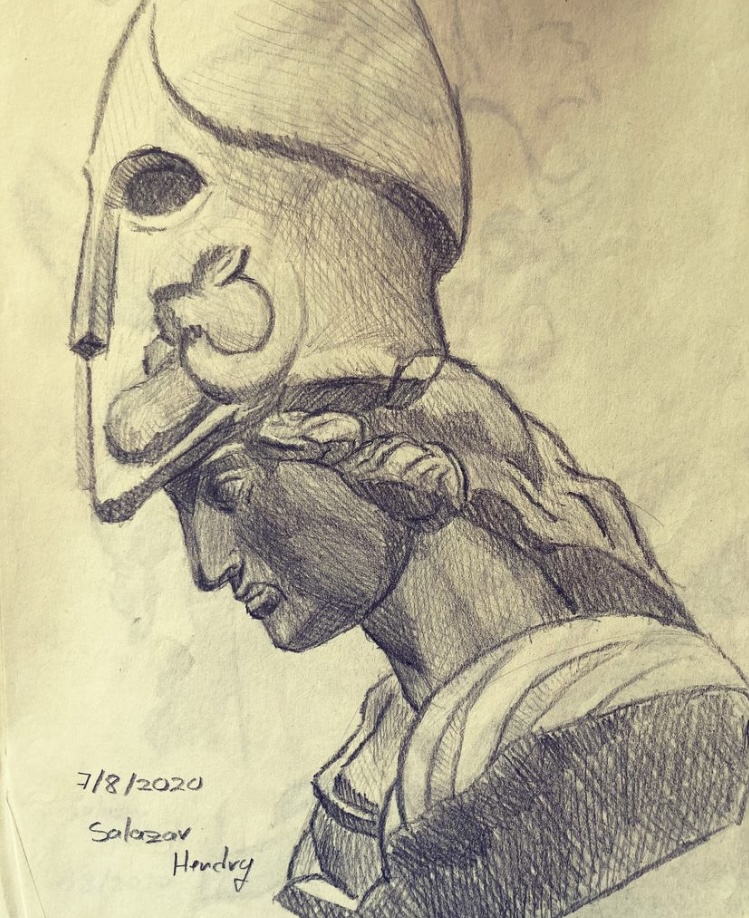
Q – Who are some of the artists that have motivated your work, and why?
A – My father and my uncle, of course. Other artists who excite and influence me are Luiciano Freud, Norman Rockwell, Alphonse Mucha, Ilia Repin, and a few others. Rapper Aldo el Aldeano has inspired me to fight for what I want, fight to be a better person; and, we could call him an artist of the life, Tony Robbins, who made me find that flame when I thought I had lost it.
Q – If you could bring some artistic aspects of Cuba with you to this country, what would they be, and why?
A – If I had to choose something of my people to share with the world, it would be their perseverance. We faced uncountable hindrances, but we keep fighting. That’s our phrase; when someone in Cuba asks, “How are you doing?” we answer, “You know, fighting.”
Q – How would you describe your particular style of art?
A – I haven’t found my style, yet. I consider myself a student. But anyways, I don’t think I will ever find something that identifies my style of work. Life is always changing and I know my art will also.
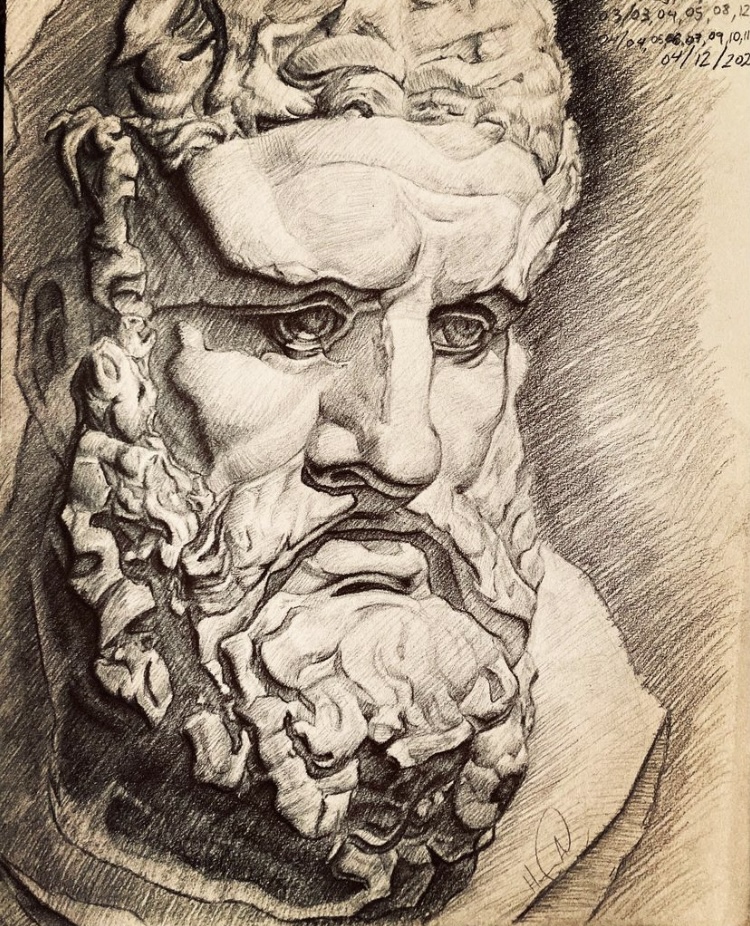
Q – When others look at your work, what is it that you are hoping they see?
A – Honestly, I think people see what they want to see. When I draw something, I make it with a thought in mind; but, I prefer that the people make their own interpretation, instead of imposing or persuading them to see it as I did.
Q – What are your goals? Where do you see yourself in terms of personal achievement in the coming years?
A – I have a lot of goals, but the most relevant one is to master the game of human treatment. I want to make the people happy and enjoy nothing but their gratitude. I want very much to be a philanthropist.
Q – If you could sit down to coffee or tea and crumpets with anyone in the world, living or passed on, who would it be, and why?
A – I would sit with José Martí, the Cuban national hero. I would ask him to send a message to the Cuban people to make our country, and Latin America, a better place.
Q – Tell us about something big you’re currently working on/planning.
A – Now, I am working as my uncle’s assistant (still an apprentice), learning a lot and building a solid technique to express my ideas as best as I can.
Click to visit Hendry Abreu’s link… Hendry Visual Arts
The author of this piece, J.L. Caban, is a Puerto Rican-American writer who was born and raised in the Bronx, NY. He holds a Bachelor of Arts in Psychology and a Master of Science in Education from Lehman College and is a Brother of Kappa Alpha Psi Fraternity, Inc. His works include ‘Moving On,’ ‘Butterflies in Production,’ and ‘Sapphires in the Rubble;’ all available through Barnes & Noble, Amazon, and Target. – Barnes & Noble – Moving On – Butterflies in Production – Instagram – YouTube – Web – Sapphires in the Rubble
